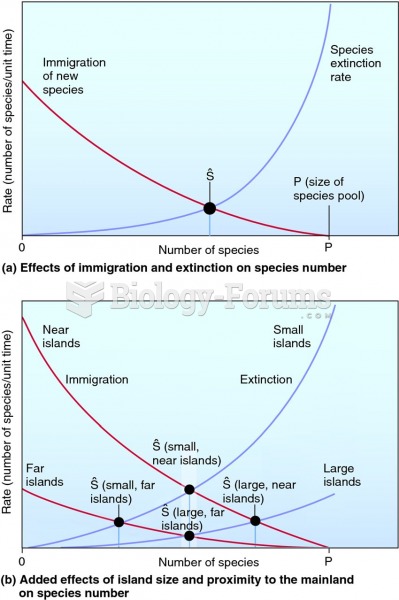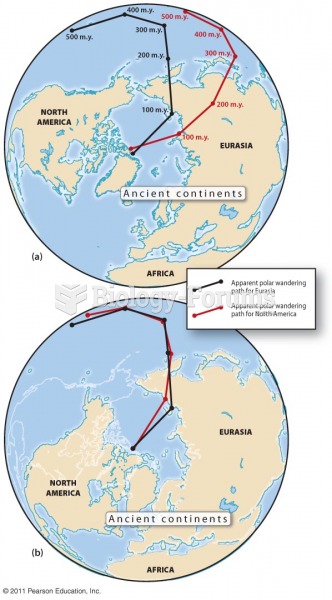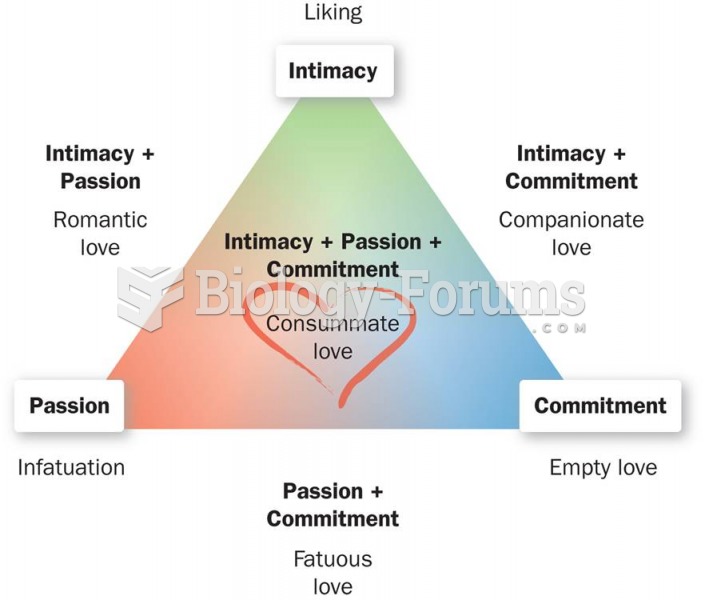It's unfortunate but true that theory means one thing in everyday speech and something almost completely different in scientific communication. In everyday speech, a theory can be little more than a hunch. It is an unproven idea that may or may not have any evidence to support it. In science, meanwhile, a theory is a general set of principles, supported by evidence, that explains some aspect of nature. There is, for example, a Big Bang theory of the universe. It is a general set of principles that explains how our universe came to be and how it developed. Among its principles are that a cataclysmic explosion occurred 13-14 billion years ago; and that, after it, matter first developed in the form of gases that then coalesced into the stars we can see all around us. There are numerous facts supporting these principles, such as the current size of the universe and its average temperature.
The purpose of the paragraph is
a. to describe to the reader the difference in a theory in everyday speech and in scientific communication.
b. to explain to the reader what the Big Bang theory means.
c. to convince the reader that everyday speech and science communications have little in common.
The tone of the paragraph is
a. skeptical and subjective.
b. concerned and uncertain.
c. objective and instructive.
Question 2
Actually life is not just highly organized. Nothing else comes close to it in organizational complexity. The sun is a large thing, but it is an uncomplicated thing compared to even the simplest organism. Consider that you have about 100 trillion cells in your body and that, with some exceptions, each of these cells has in it a complement of DNA that is made up of chemical building blocks. How many building blocks? Three billion of them. Now, you probably know that most cells divide regularly, one cell becoming two, the two becoming four, and so on. Each time this happens, each of the 3 billion DNA building blocks must be faithfully copied, so that both of the cells resulting from cell division will have their own complete copy of DNA. And this copying of the moleculebefore anything is actually done with itis carried out in almost all the varieties of the 100 trillion cells we have. Complex indeed.
The purpose of the paragraph is
a. to analyze how DNA is copied from one cell to another but is not 100 accurate.
b. to inform the reader of the complexity of life by explaining the copying of molecules.
c. to inform the reader that each person has their own DNA.
The tone of the paragraph is
a. informative. b. analytical. c. persuasive.







